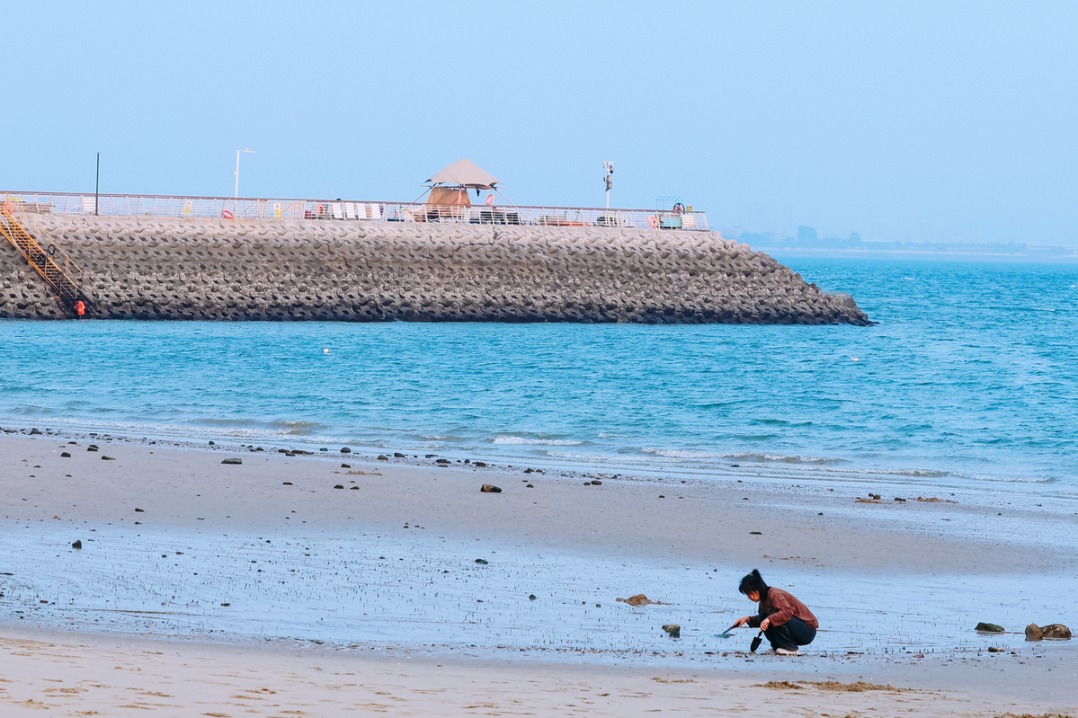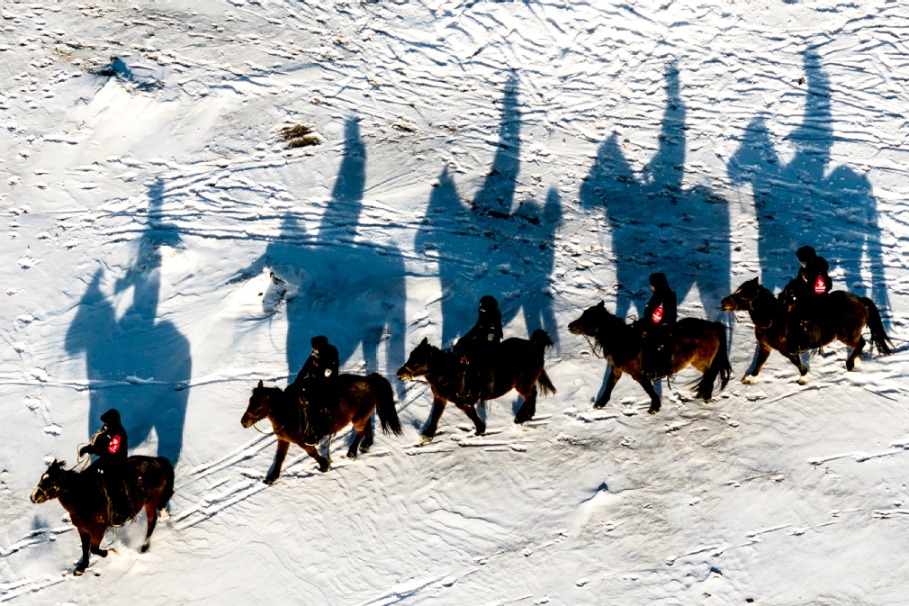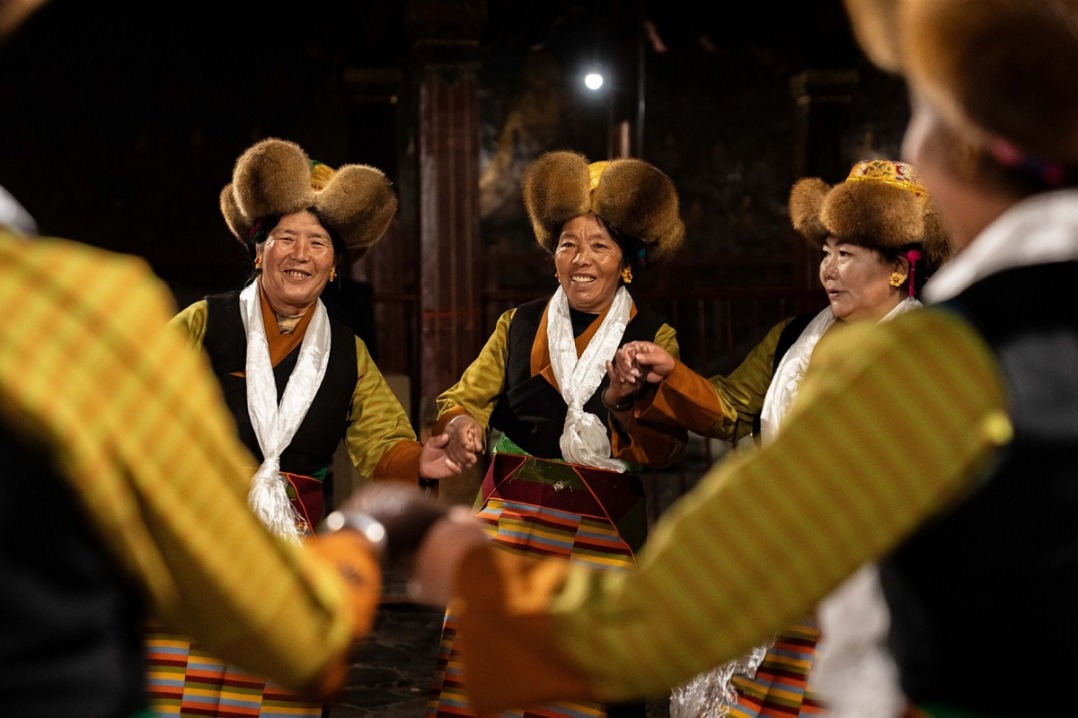Naval base project not aimed at any nation, ministry says


The Ream Naval Base's upgrade project in Cambodia, which is aided by China, is legitimate and doesn't target any third party, said a spokesman for the Chinese Defense Ministry on Thursday.
"The naval base's upgrade and transformation program is the outcome of mutual respect and equal consultation between the two countries, and is the symbol of the ironclad friendship between the Chinese and Cambodian armies," said Senior Colonel Tan Kefei, spokesman for the ministry.
"The program, which started on June 8, has conformed to the domestic laws of both countries, as well as relevant international laws and international practices," he said, adding that it didn't target third parties.
In early June, a Washington Post report citing Western officials claimed that China was secretly building a naval facility in Cambodia for the exclusive use of its military.
The Cambodian Defense Ministry has clarified that the naval base upgrade is meant to enhance the Cambodian navy's ability to safeguard maritime territory and crack down on crimes at sea, the spokesman said.
Tan criticized the report and others like it that are "continuously hyping up normal China-Cambodia cooperation for ulterior motives".
"The two countries, which are comprehensive strategic and cooperative partners, cooperate in various fields in an open and transparent manner," he said, noting that the project is legitimate and reasonable.
The spokesman slammed the prejudiced actions of some countries.
"They won't see anything transparent because they are wearing thick, colored spectacles," Tan said, urging those nations to stop making irresponsible comments and hyping up the "China Threat" theory.
- Macron's China visit strengthens ties, boosts cooperation on global issues
- CPC issues revised regulations on its working bodies
- Melodic harmony under gingko tree
- Media tour explores Xiamen's tech surge and smart manufacturing
- Discover Xiamen with beauty of ecological governance
- Conference aimed at strengthening global organ donations opens in Guangzhou




































